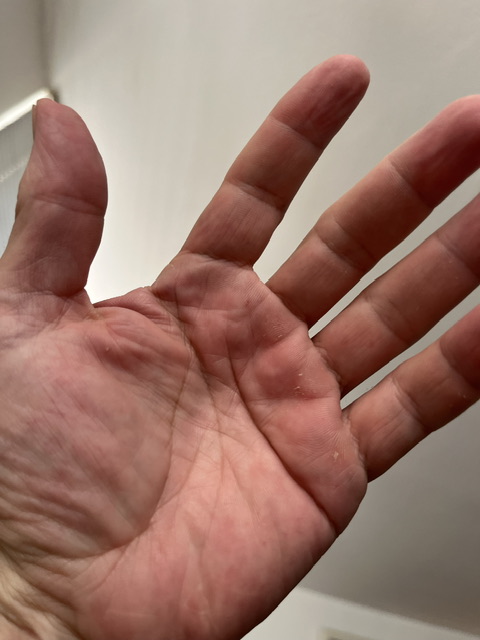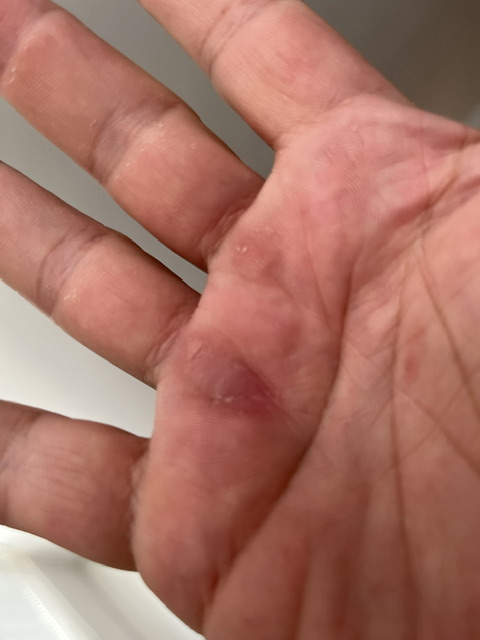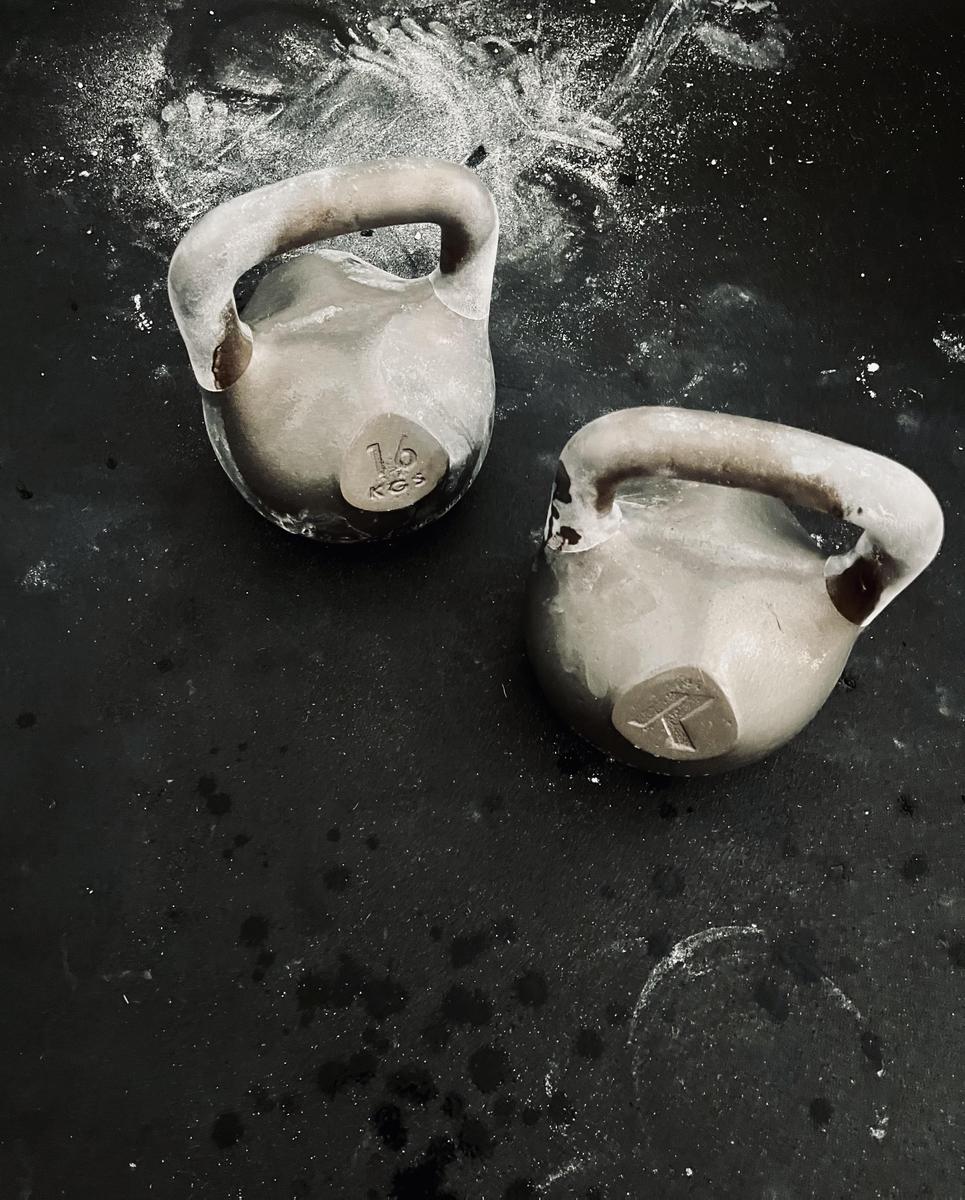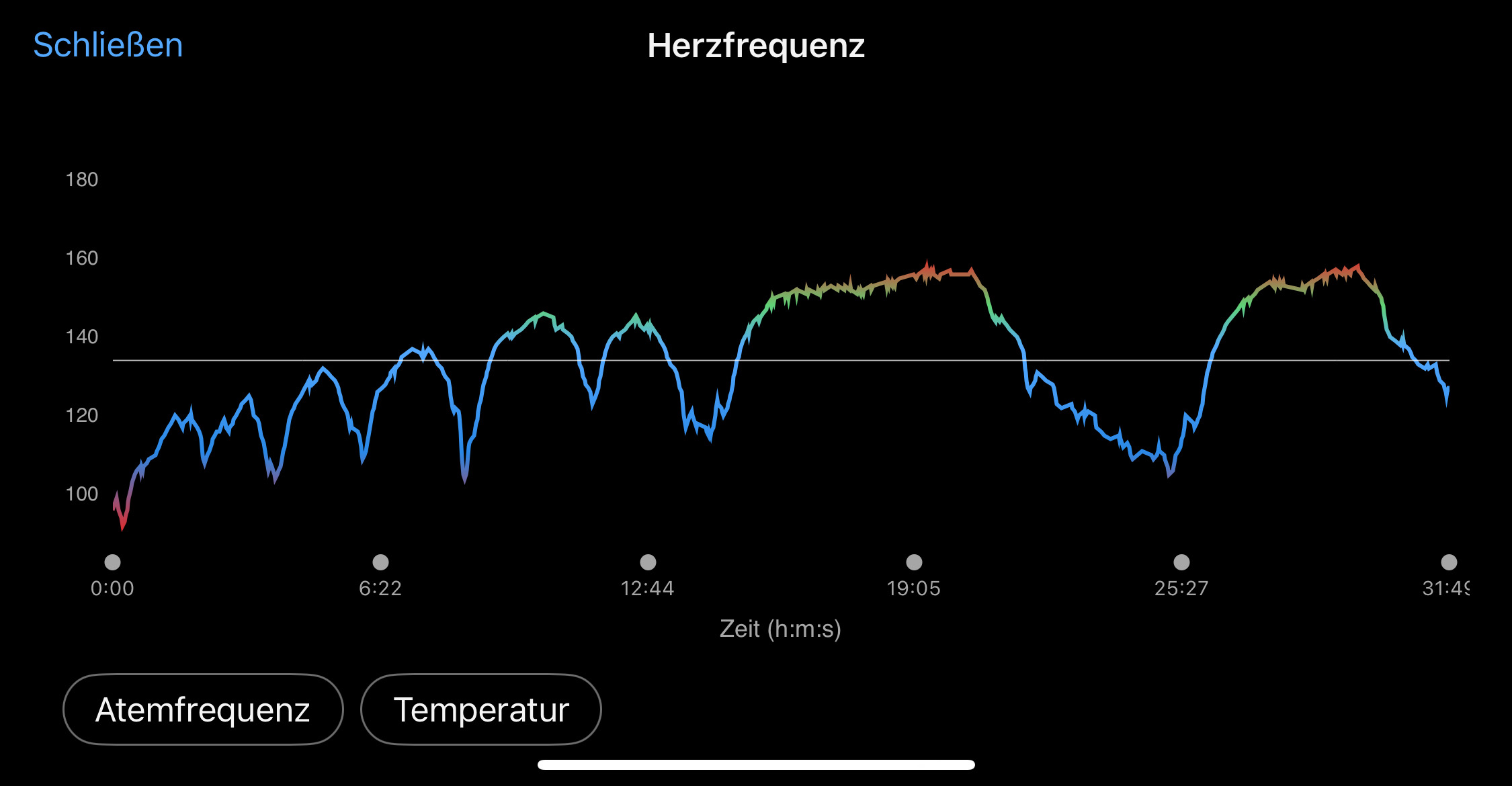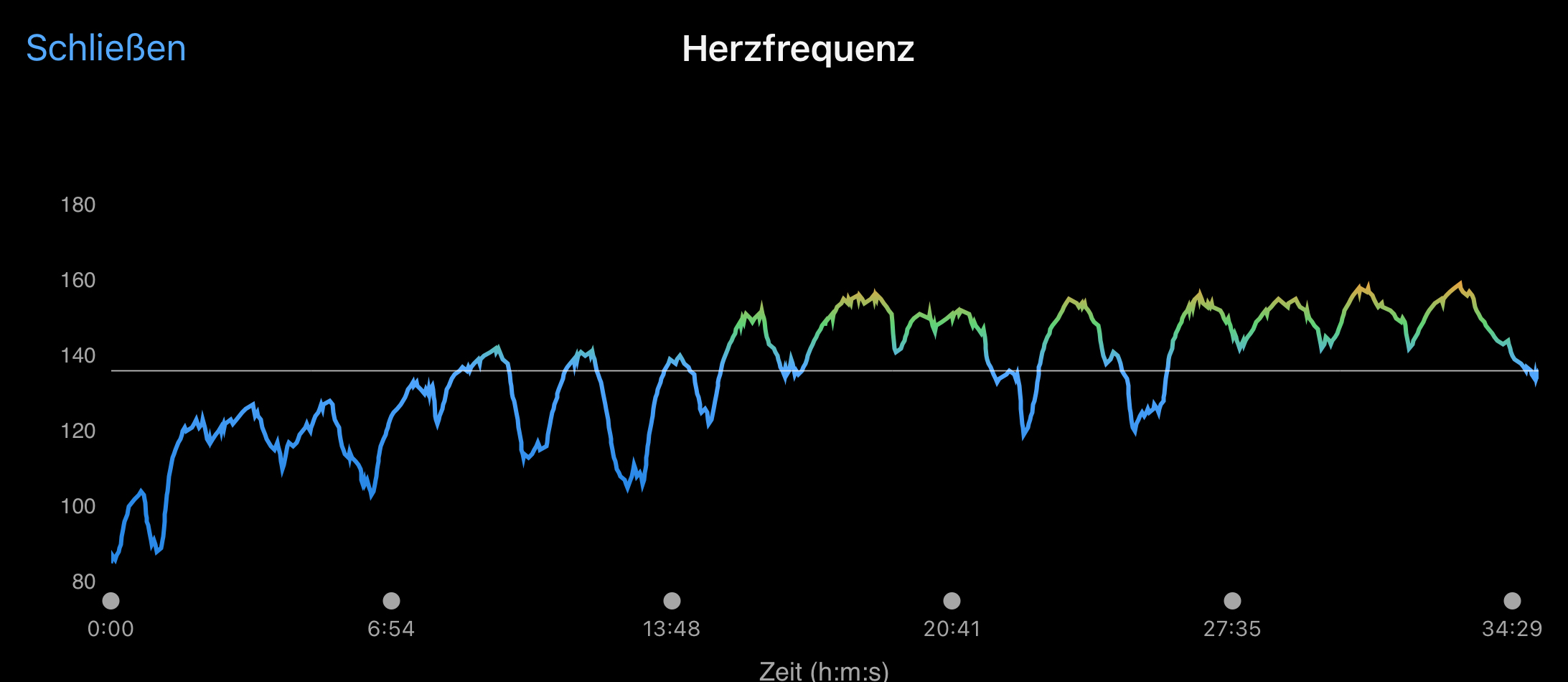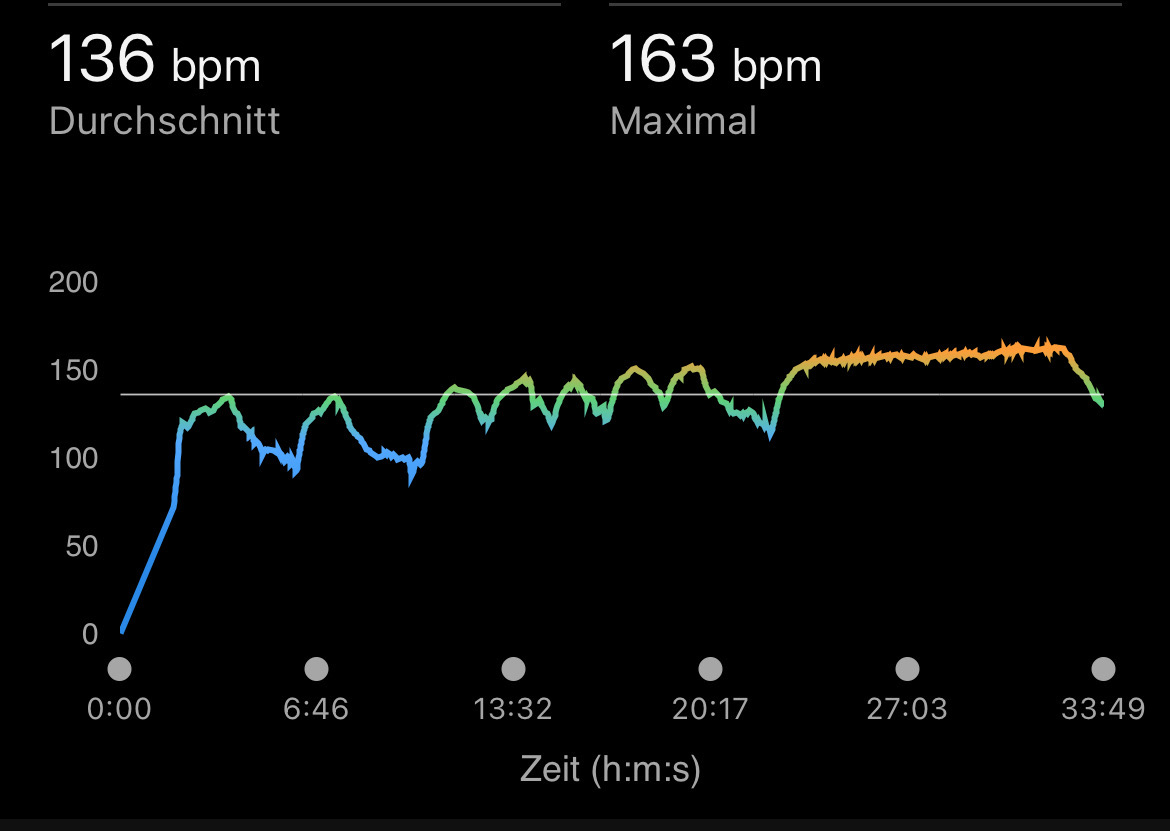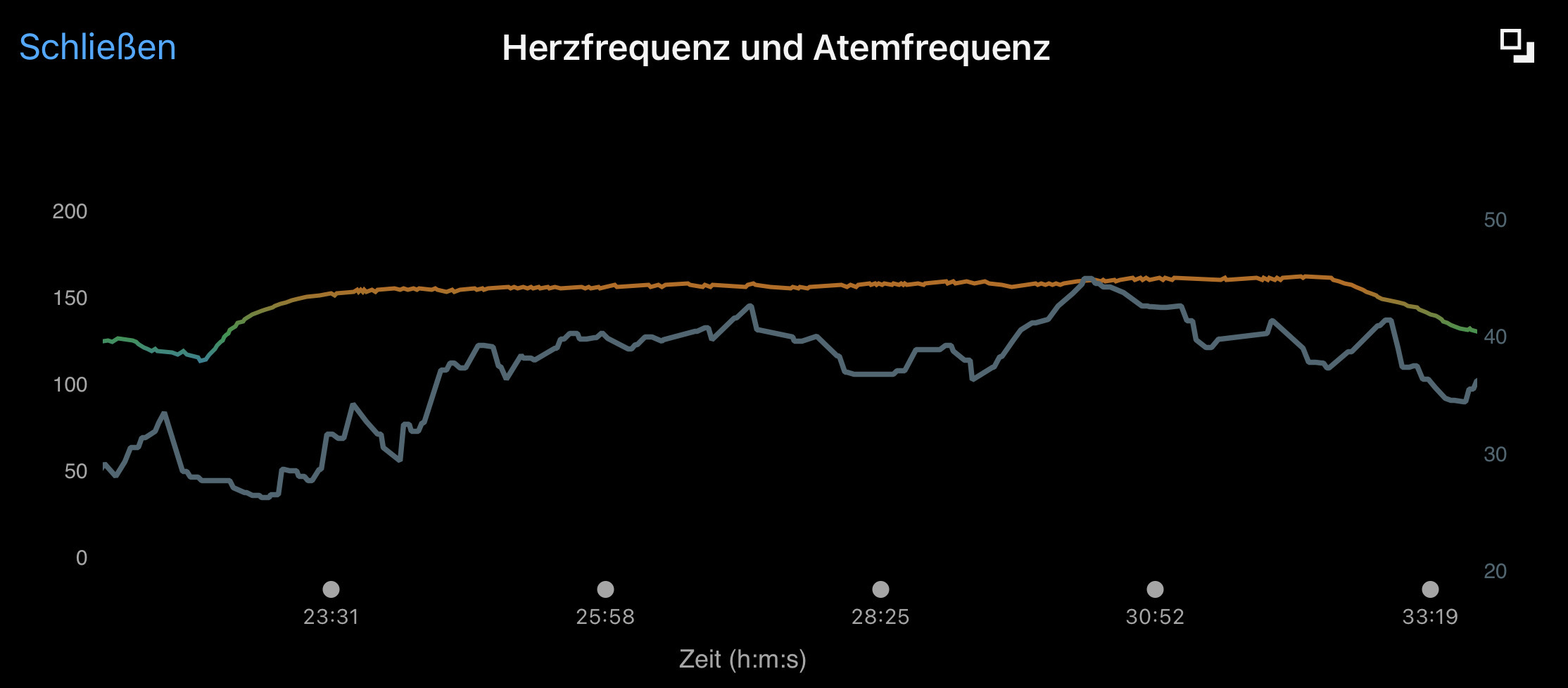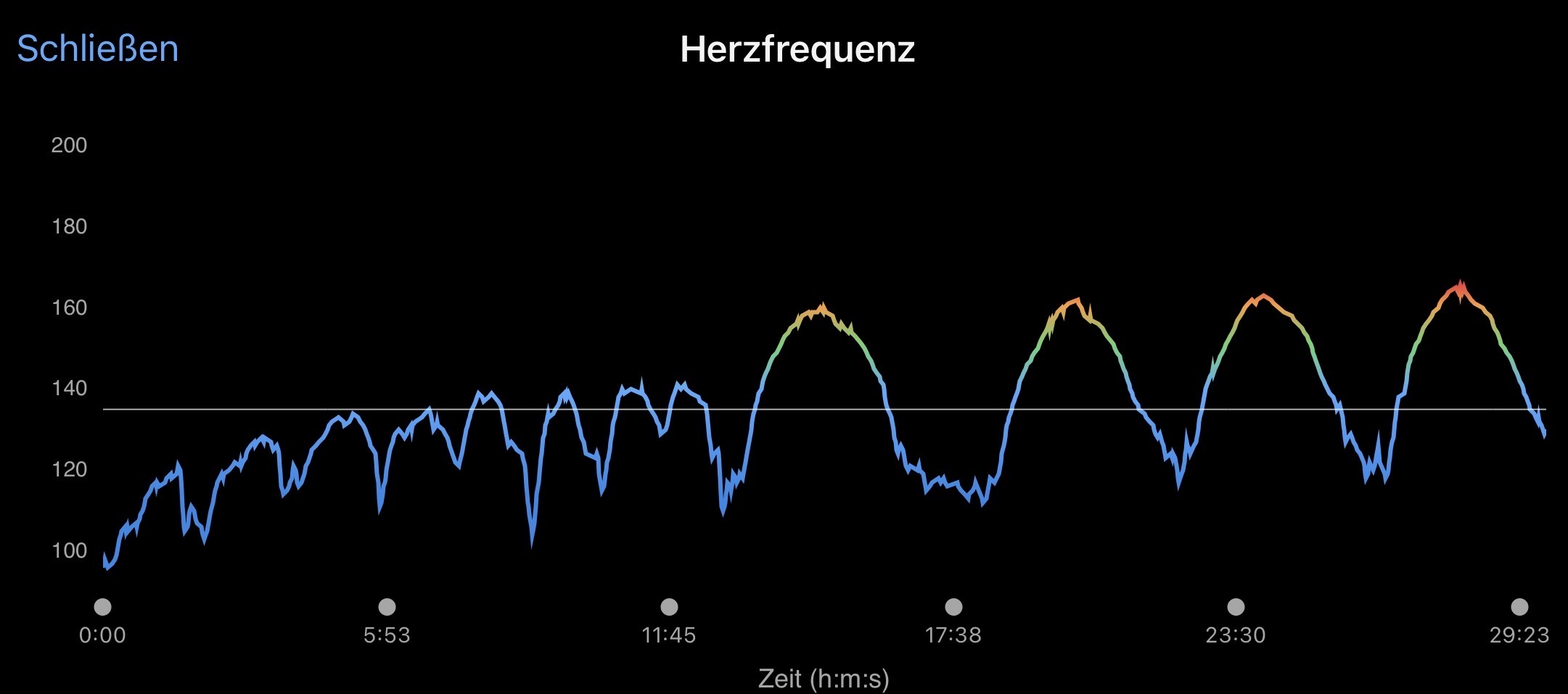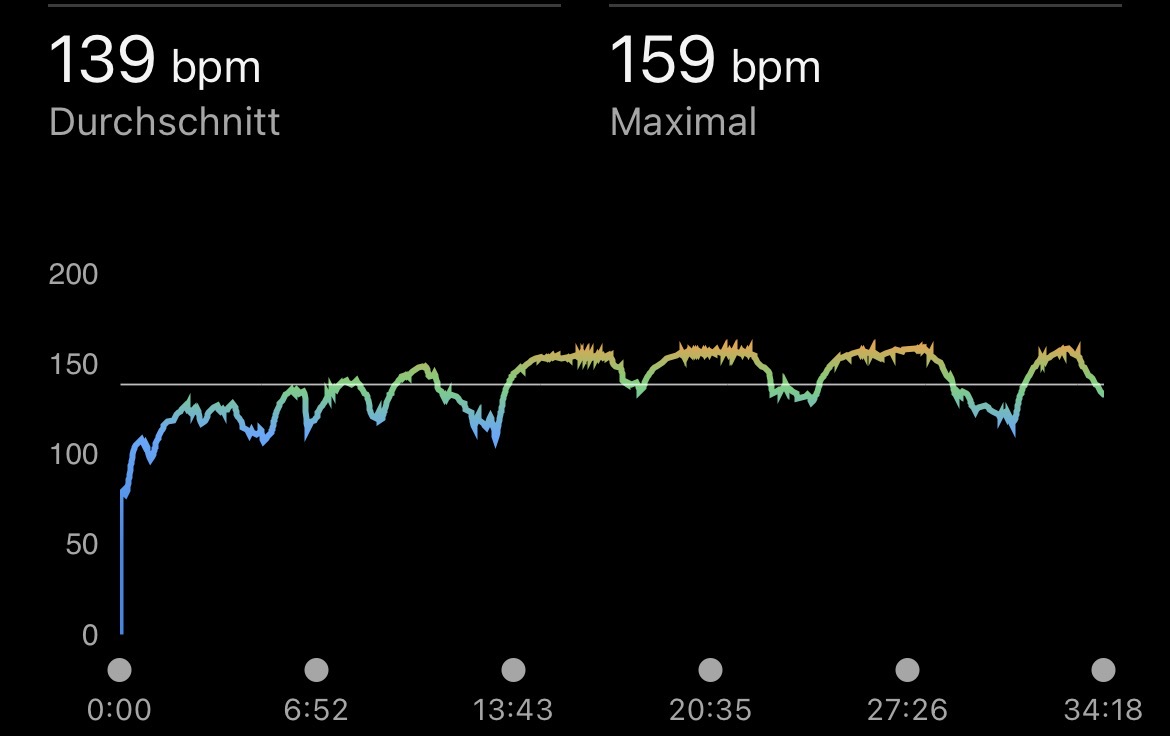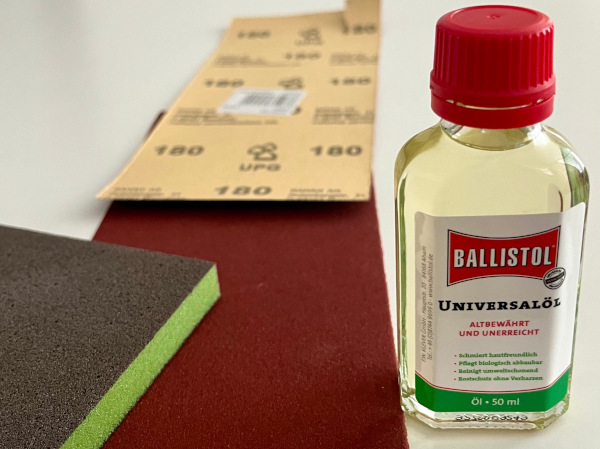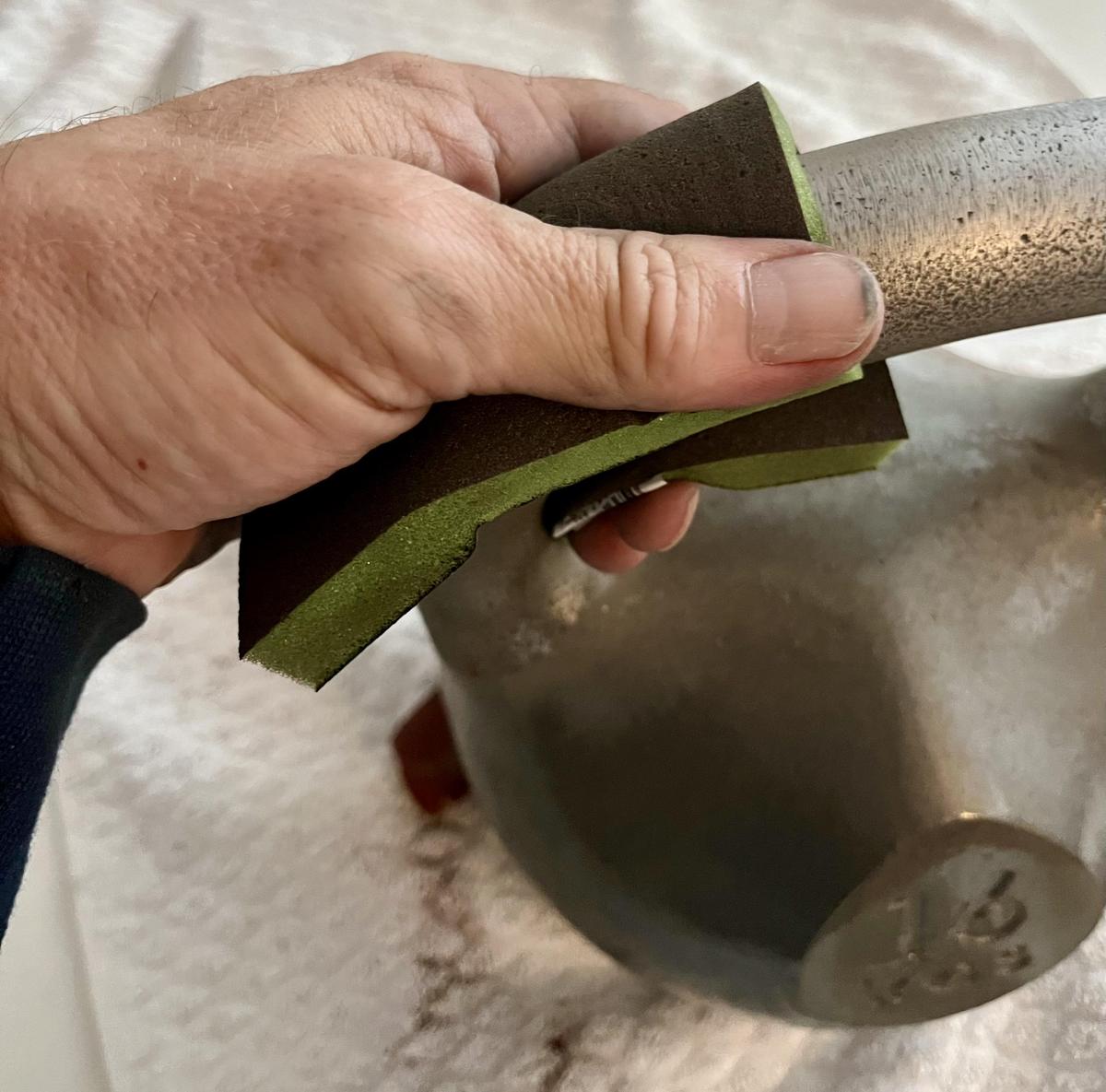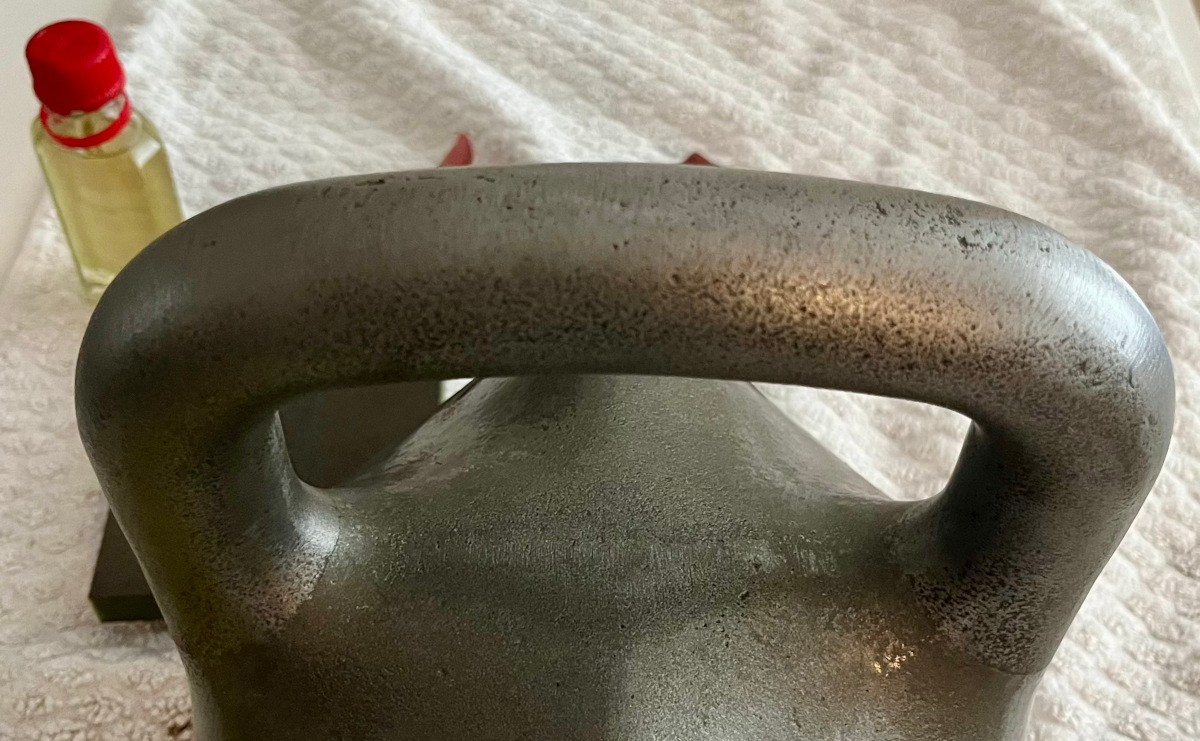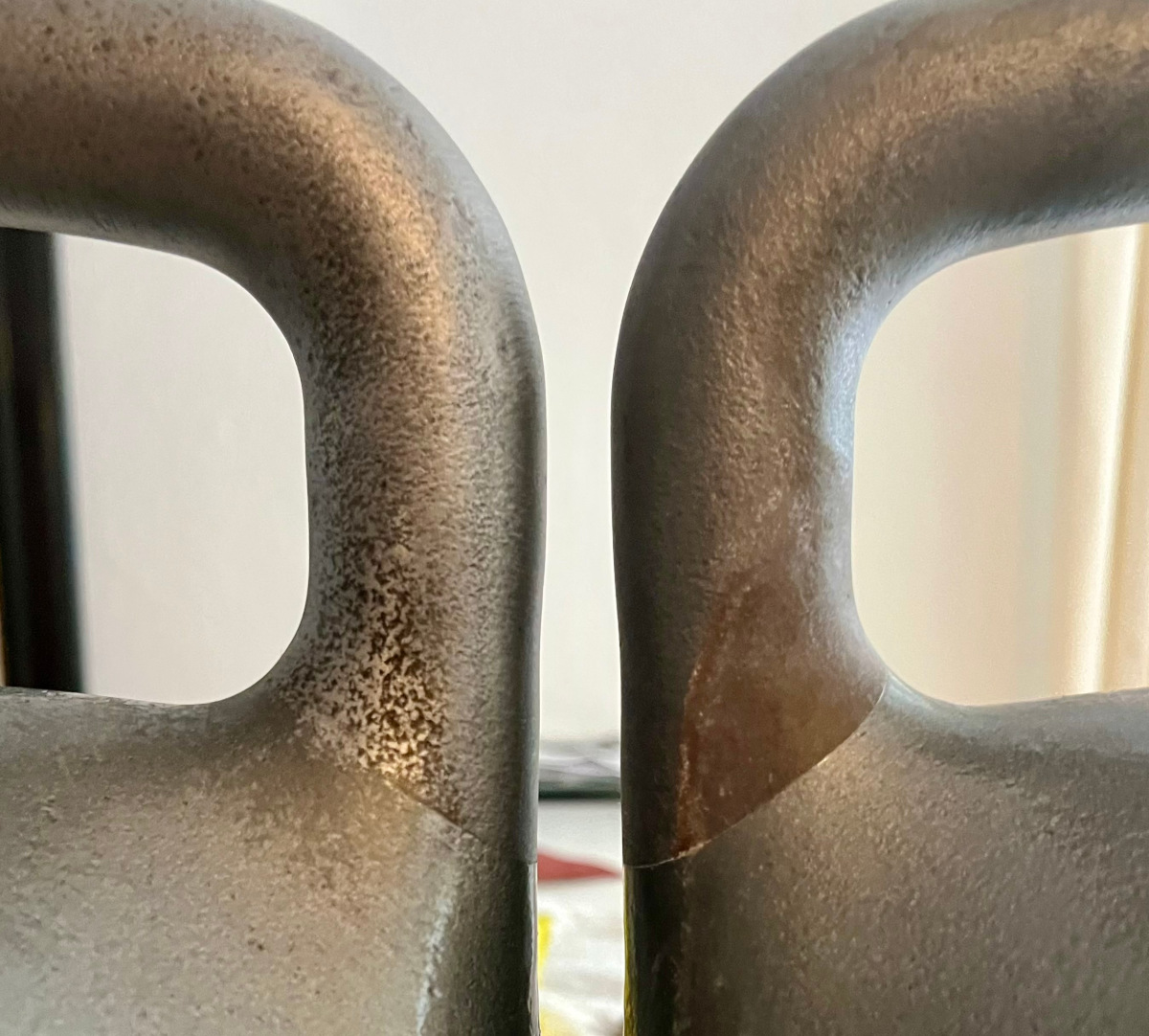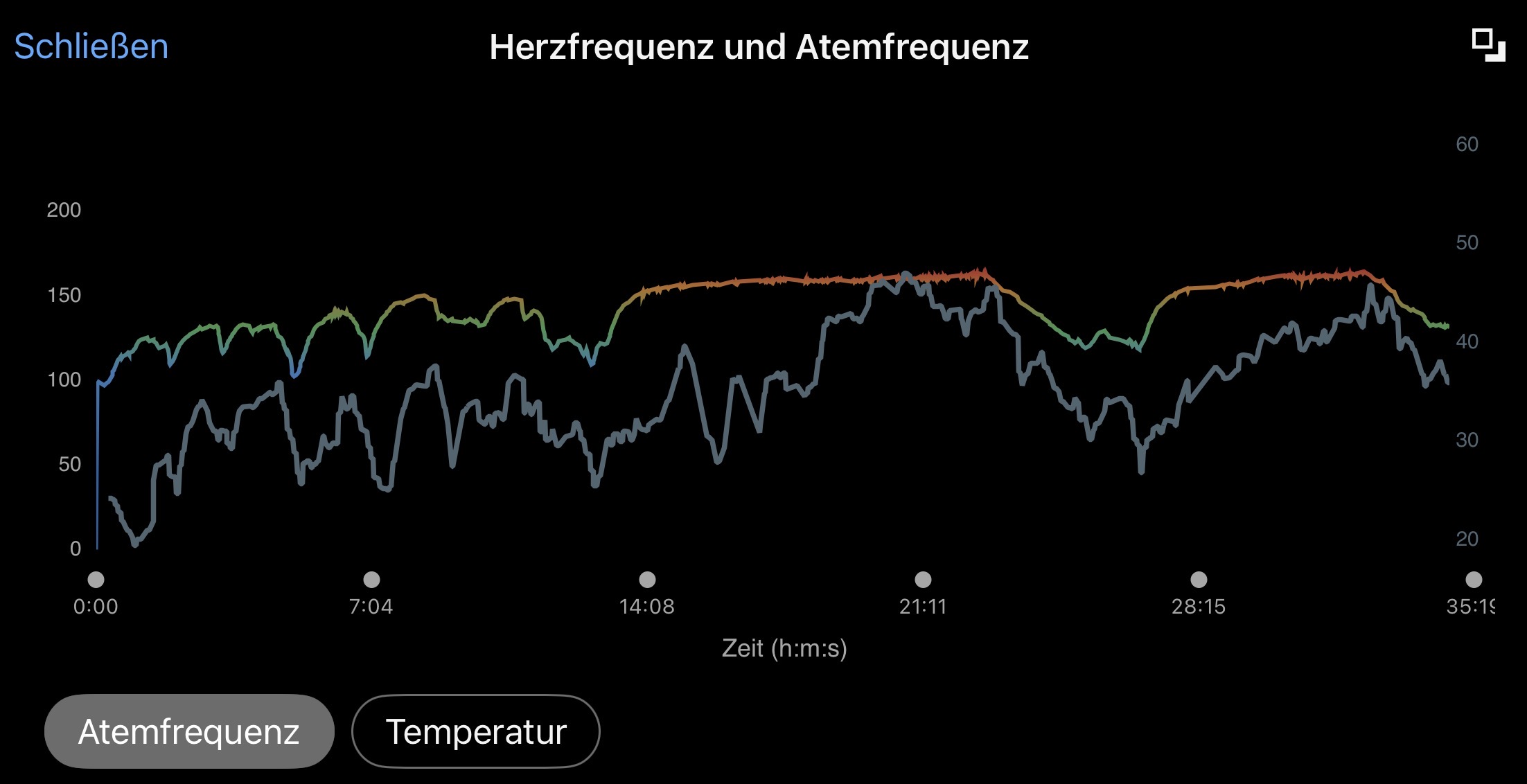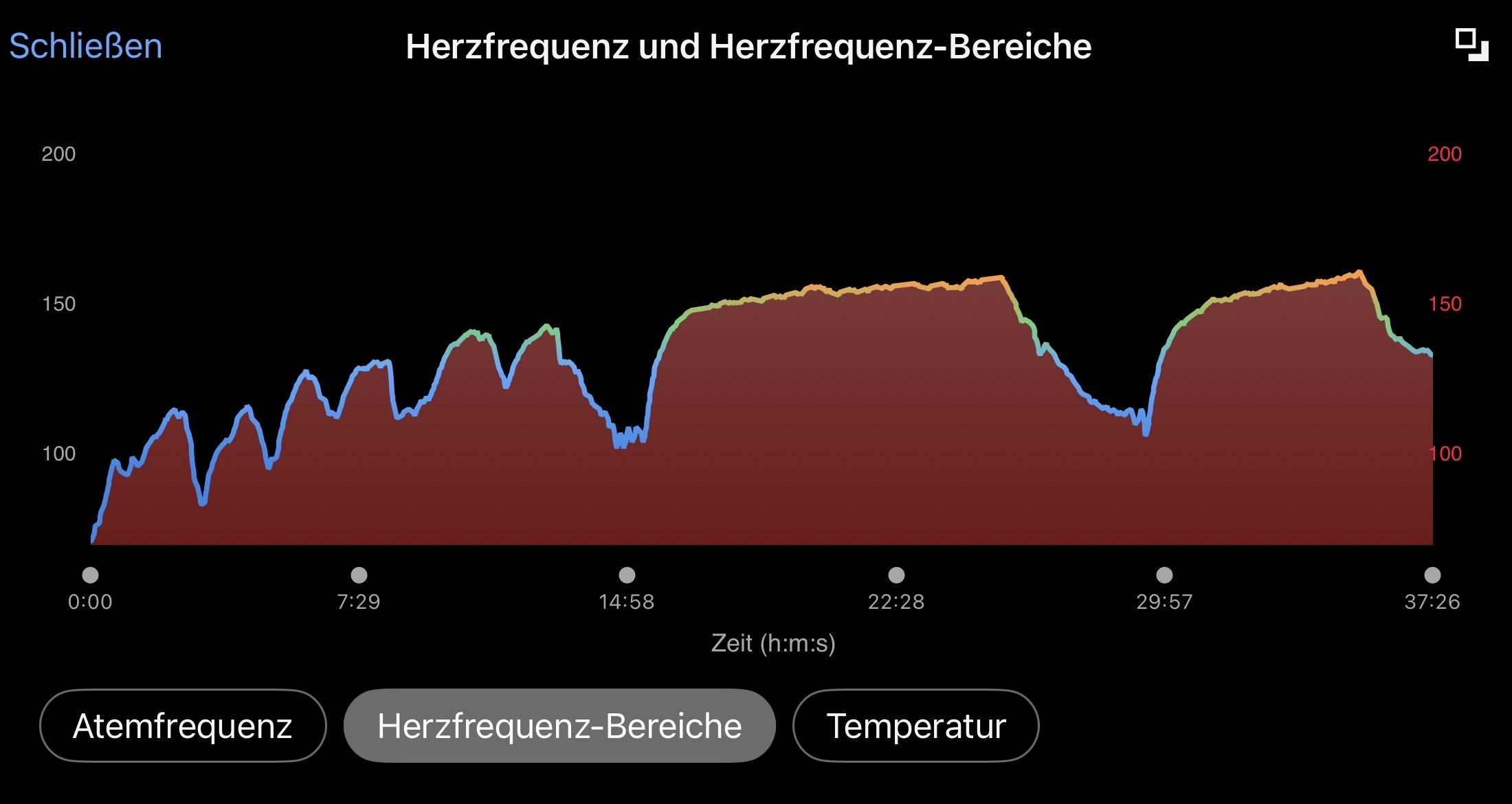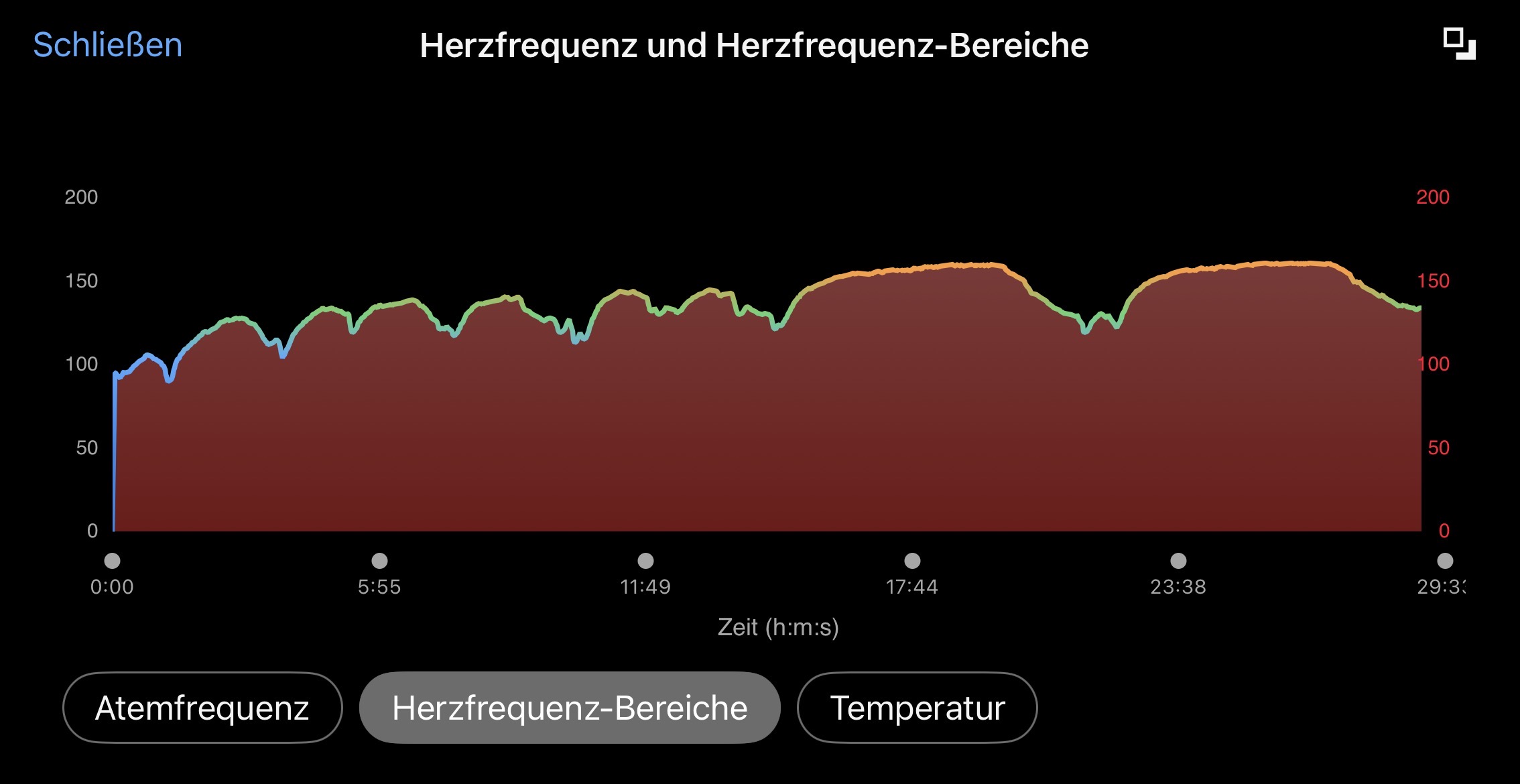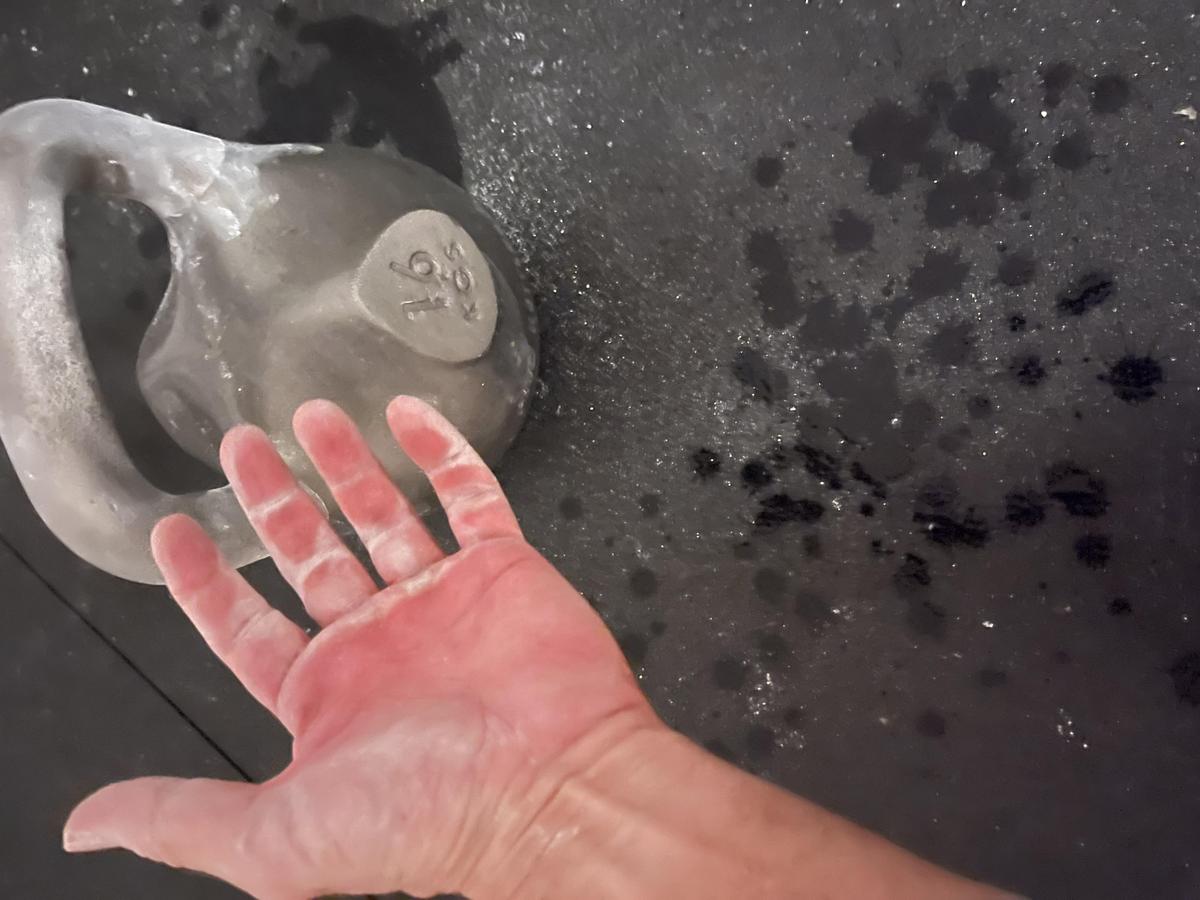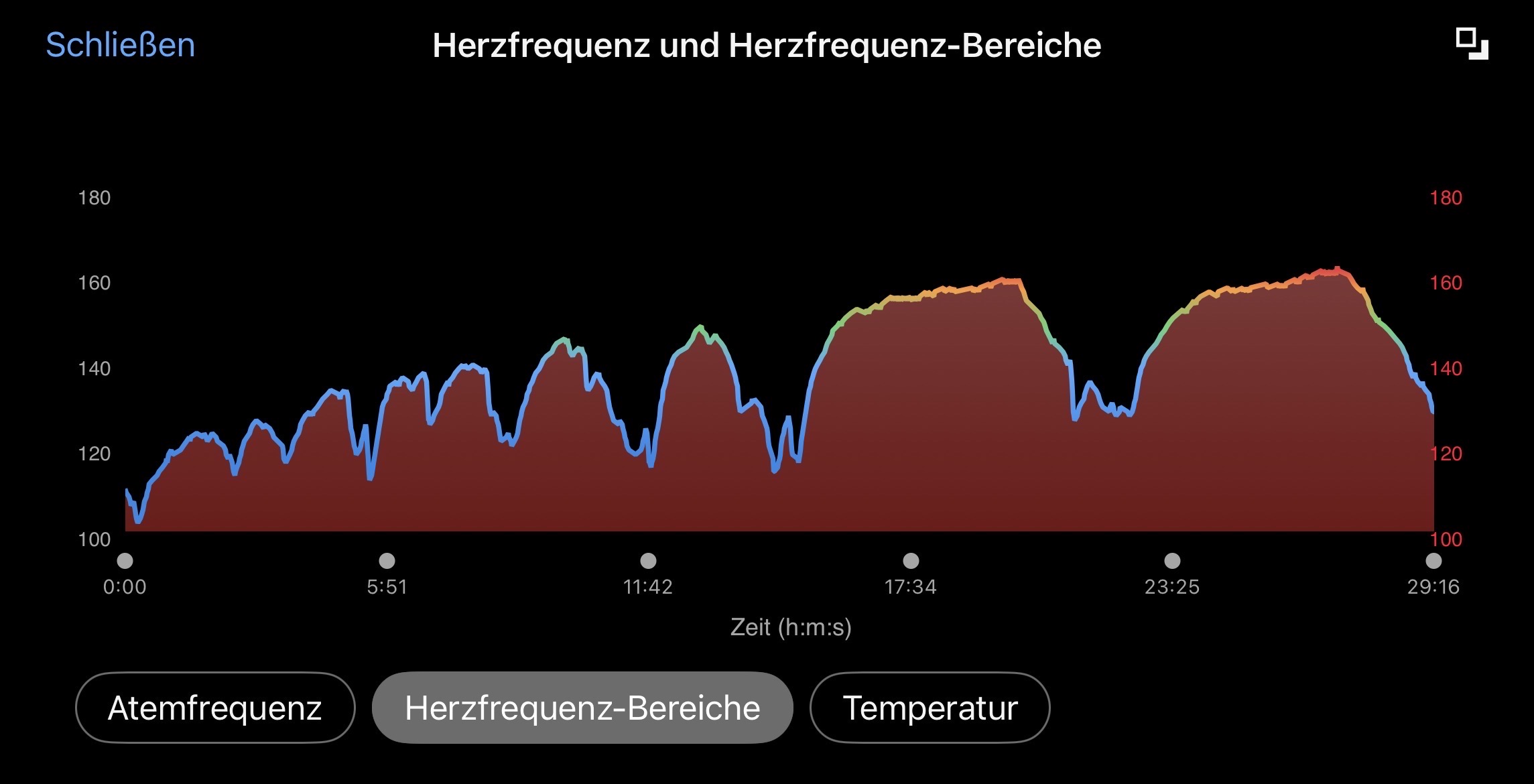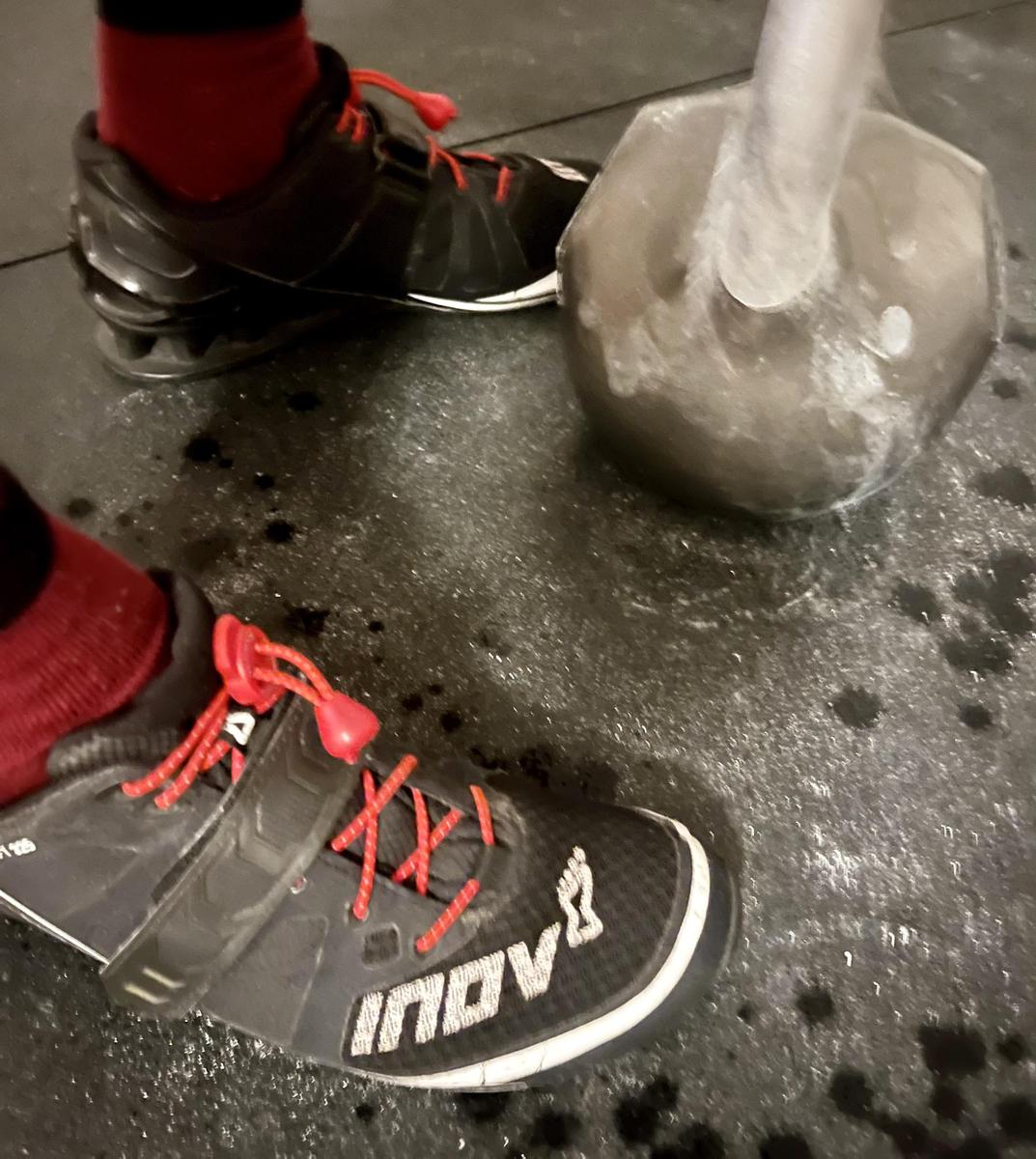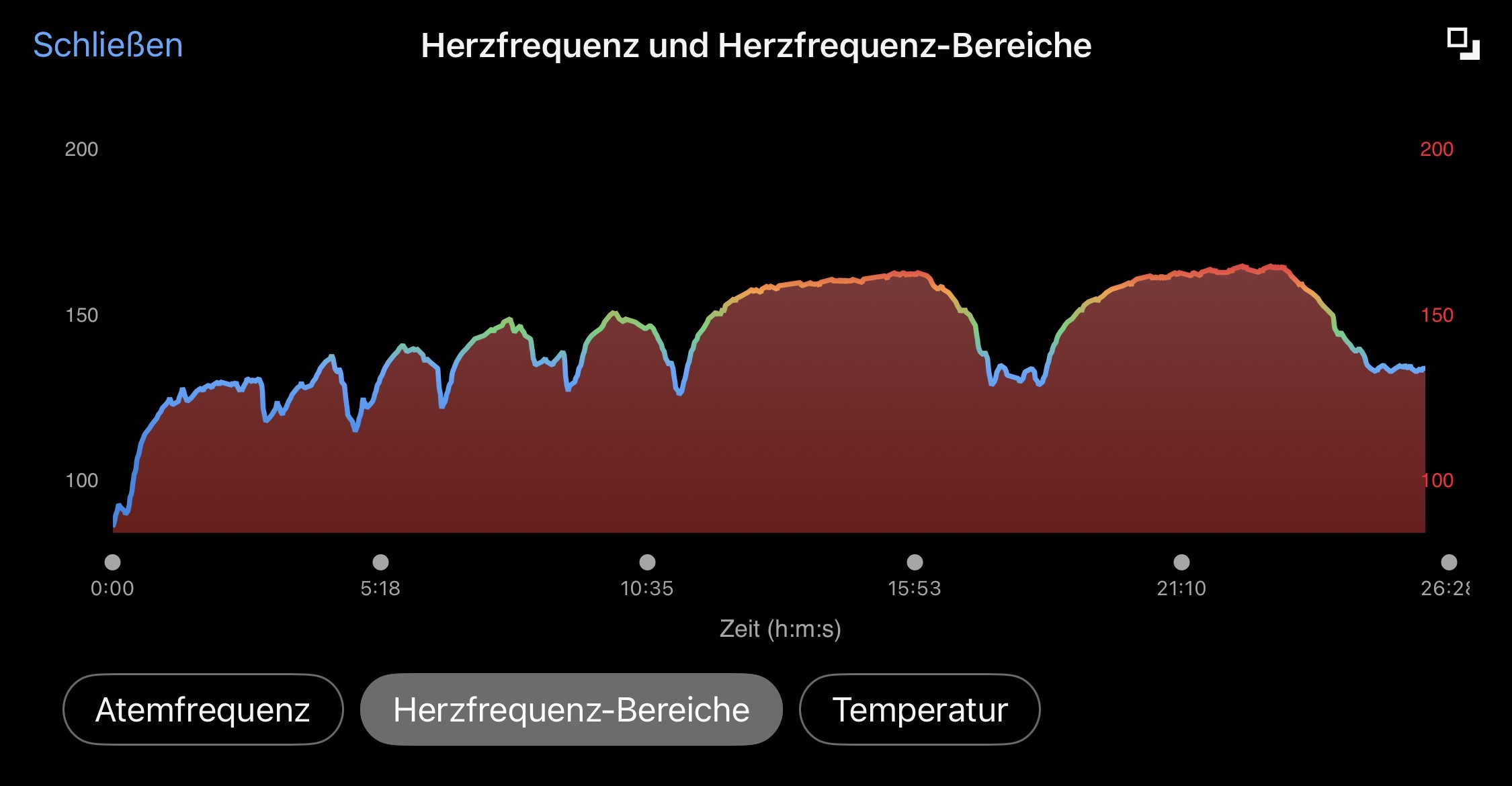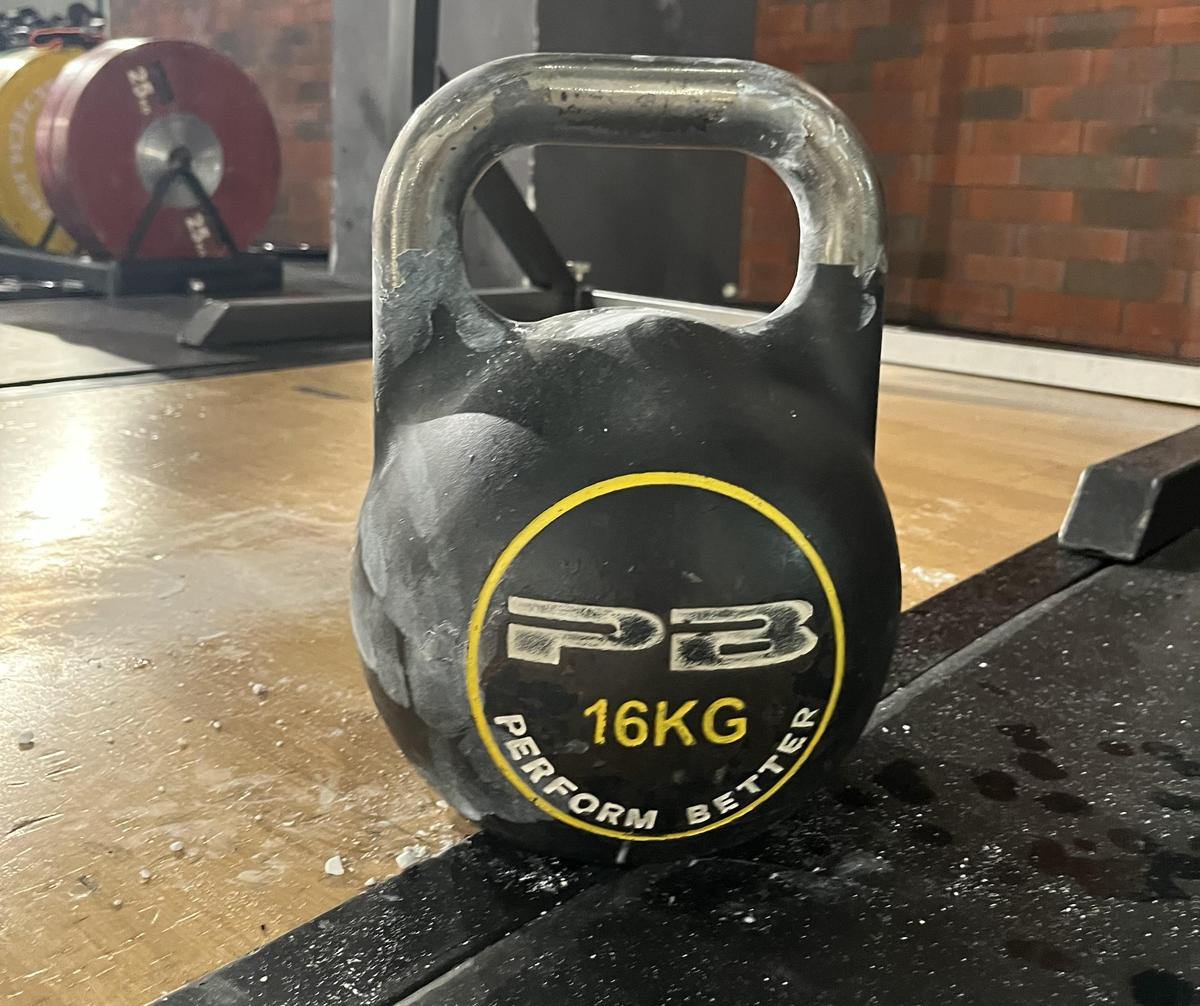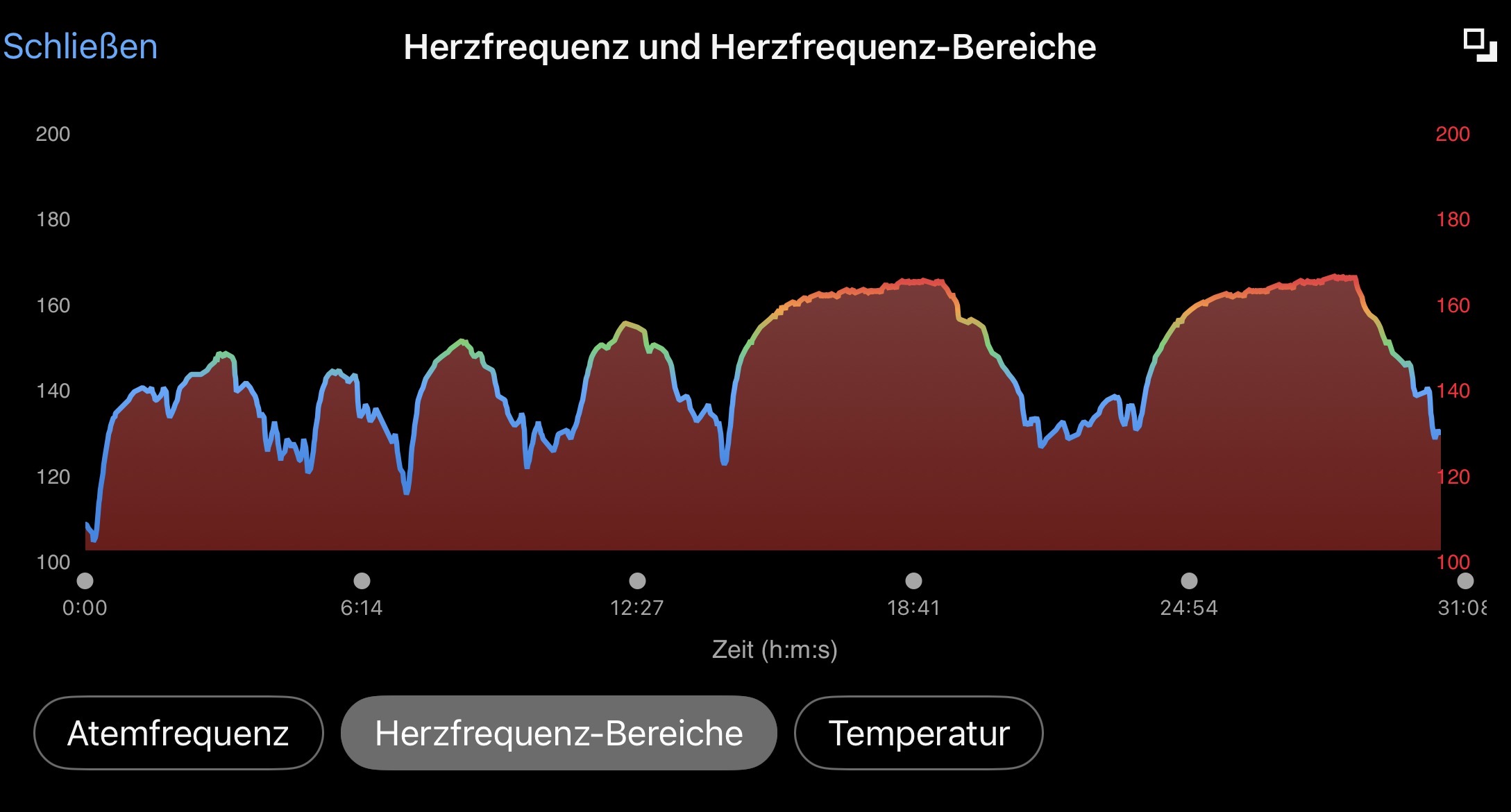Ich wollte immer mal was zu den Händen schreiben, bin ich gar nicht zu gekommen. Na ja, wenn jemand Fragen hat: Immer zu. Der Griff kristallisierte sich zuletzt ja auch bei mir als zentrales Thema wieder heraus.
Jetzt auf dieses Denisov-Video gestoßen. Dieser Kerl ist zwar für mich kein besonders schöner Anblick (insbesondere in bunten Wurstpellen-Klamotten), auch seine Technik wirkt eher grobschlächtig. Ist ja auch ein unglaublicher Kraft-Bulle. Aber er ist ein Meister und weiß ganz genau, warum er mit seinen Anlagen es so macht, wie er es macht. Muss ich beizeiten mal genauer ansehen.
Gut, dass NoteGPT so gut Russisch kann
:Y:
Техника рывка гири Эпизод 7 Варианты сброса гири Иван Денисов
Externer Inhalt
Durch das Abspielen werden Daten an Youtube übermittelt und ggf. Cookies gesetzt.
Core Points
1. Overview of Kettlebell Drop Techniques The video focuses on different methods of dropping a kettlebell (referred to as "сброс гири"), emphasizing the importance of hand positioning and arm movement during the drop. The presenter, Ivan Denisov, categorizes kettlebell drop techniques into two primary types based on how the wrist and arm are handled during the movement.
2. Two Main Types of Kettlebell Drops - **Type 1: Dropping by Rotating the Arm**
This involves rotating the arm to either fully turn the wrist so the kettlebell faces forward or partially turning it before dropping. Within this type, there are subtypes depending on the degree of rotation.
- **Type 2: Dropping Without Rotating the Arm**
A professional technique where the arm remains in a fixed position, the elbow is raised, and the kettlebell is dropped without any wrist rotation. This approach minimizes arm movement and muscular fatigue.
3. Detailed Explanation of First Drop Type (Rotating the Arm) The first type involves actively rotating the wrist and arm during the drop. It is the simplest and most intuitive method, often used by beginners. However, it has significant drawbacks related to muscle strain and difficulty in controlling the kettlebell’s trajectory.
4. Detailed Explanation of Second Drop Type (No Rotation) The second method, recommended by the presenter, involves no wrist rotation. The elbow is lifted, and the weight is simply dropped while the arm stays in its original position. This technique reduces strain on sensitive forearm muscles and ligaments, leading to less fatigue and risk of injury.
5. Importance of Accurate Kettlebell Catching After Drop Catching the kettlebell accurately is critical in all drop techniques. Poor catching, especially during high pulse or fatigue states, leads to loss of control, increased risk of injury, and development of painful calluses or skin damage.
6. Role of Muscle Fatigue and Ligament Stress Forearm muscles involved in wrist rotation are delicate and susceptible to fatigue and strain. Repeated rotational movements while holding a heavy kettlebell cause overloading of ligaments and muscles, often resulting in pain or injury, particularly in the elbows.
7. Influence of Pulse and Fatigue on Technique Stability The presenter highlights a key training principle: technique must hold up under high pulse conditions. While a technique may feel easy at low intensity, maintaining control and precision at high heart rates (e.g., pulse 180) is essential for effective training and injury prevention.
8. Advantages and Challenges of Each Drop Type - The rotating drop is simple and intuitive but induces more strain and is less precise, especially under fatigue.
- The non-rotating drop reduces muscle strain and ligament stress, providing greater consistency and comfort during prolonged training sessions and marathons.
9. Effect of Drop Technique on Callus Formation and Hand Comfort Proper drop technique reduces excessive rotation and friction on the hands, minimizing callus formation and hand pain. This is crucial for long-term training enjoyment and avoiding discomfort that can interfere with daily activities.
10. Connection Between Drop Technique and Subsequent Arm Position The final position of the arm after catching the kettlebell depends on how it was dropped. Incorrect dropping leads to improper arm positioning, which disrupts overall technique and reduces training efficiency.
11. Importance of Continuous Technical Development The video is part of a series, with the next episode focusing on arm position during the kettlebell’s lower position. Technical refinement is portrayed as an ongoing process that improves performance and reduces injury risk.
12. Encouragement for Regular Training and Engagement The presenter encourages viewers to subscribe, comment, and engage with the channel, emphasizing the value of consistent practice and community feedback in mastering kettlebell techniques.
Key Conclusions
1. Proper kettlebell drop technique is essential for both performance and injury prevention.
Mastering the drop, particularly minimizing unnecessary wrist rotation, helps protect delicate forearm muscles and ligaments from fatigue and injury, thereby enhancing training longevity.
2. The non-rotating arm drop method is superior for advanced kettlebell practitioners.
By eliminating wrist rotation and focusing on raising the elbow and dropping the kettlebell directly, athletes reduce strain, improve control, and maintain technique integrity under fatigue.
3. Technique must be tested and maintained at high heart rates.
Effective technique is not just about form at rest or low exertion but is defined by consistency and precision under intense exertion, where control is more challenging but most necessary.
4. Accurate catching of the kettlebell is as important as the drop itself.
Failing to catch the kettlebell correctly leads to loss of control, increased injury risk, and formation of painful calluses. Precision catching is a skill to be developed alongside the drop technique.
5. Training with poor drop technique can cause chronic injuries and negatively affect daily life activities.
Painful elbows and hands, caused by ligament overload and excessive friction, diminish quality of life and reduce training motivation, underlining the importance of good technique.
6. The final arm position is linked to how the kettlebell is dropped.
Incorrect dropping causes misalignment in the arm’s final posture, which cascades into broader technique issues, making it harder to perform subsequent movements correctly.
7. Ongoing technical refinement is necessary for kettlebell mastery.
The video series encourages progressive learning and technical adjustments, suggesting that mastery comes from understanding and practicing nuanced elements of kettlebell handling.
8. Community interaction and feedback are valuable for technical improvement.
The presenter emphasizes the importance of audience engagement for tailoring future content and refining training approaches based on practical needs and questions.
Important Details
1. Classification of Drop Types
- Full rotation: The wrist is turned fully forward before dropping the kettlebell.
- Partial rotation: The wrist is rotated slightly before the drop.
- No rotation: The arm stays fixed in position, elbow is lifted, and the kettlebell is dropped directly.
2. Muscle and Ligament Sensitivity
Forearm muscles involved in wrist rotation are described as “very delicate,” prone to fatigue and light injuries from repetitive twisting movements under load.
3. Common Injuries and Complaints
Many kettlebell practitioners report elbow pain and injuries related to excessive twisting and poor drop technique, highlighting the need for proper training methods.
4. Catching Challenges
Catching a rotating kettlebell is difficult, especially at high heart rates. The kettlebell may spin uncontrollably, causing skin abrasion and calluses on the hands.
5. Impact of Fatigue on Technique
When fatigued or at high pulse, maintaining precise technique is difficult. The kettlebell may not be caught cleanly, increasing injury risk.
6. Benefits of Non-Rotational Drop for Endurance Events
Athletes who participate in long-duration kettlebell events or marathons benefit from the no-rotation drop technique, as it reduces hand damage and muscular fatigue.
7. Practical Tips for Training
- Focus on lifting the elbow rather than rotating the wrist during the drop.
- Avoid unnecessary arm movements to save energy and reduce injury risk.
- Aim for soft, precise catching to minimize hand damage.


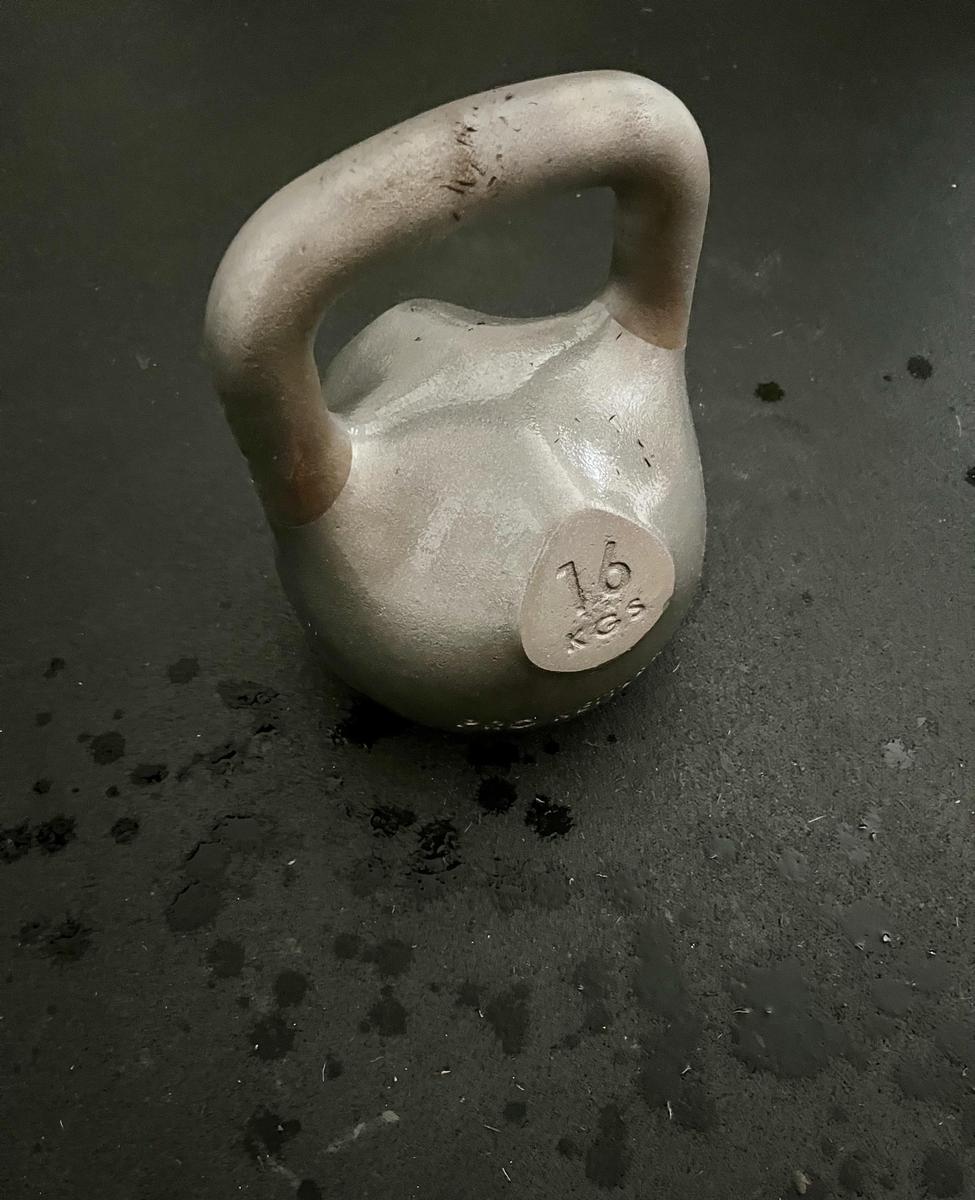 Original anzeigen (2,7 MB)
Original anzeigen (2,7 MB)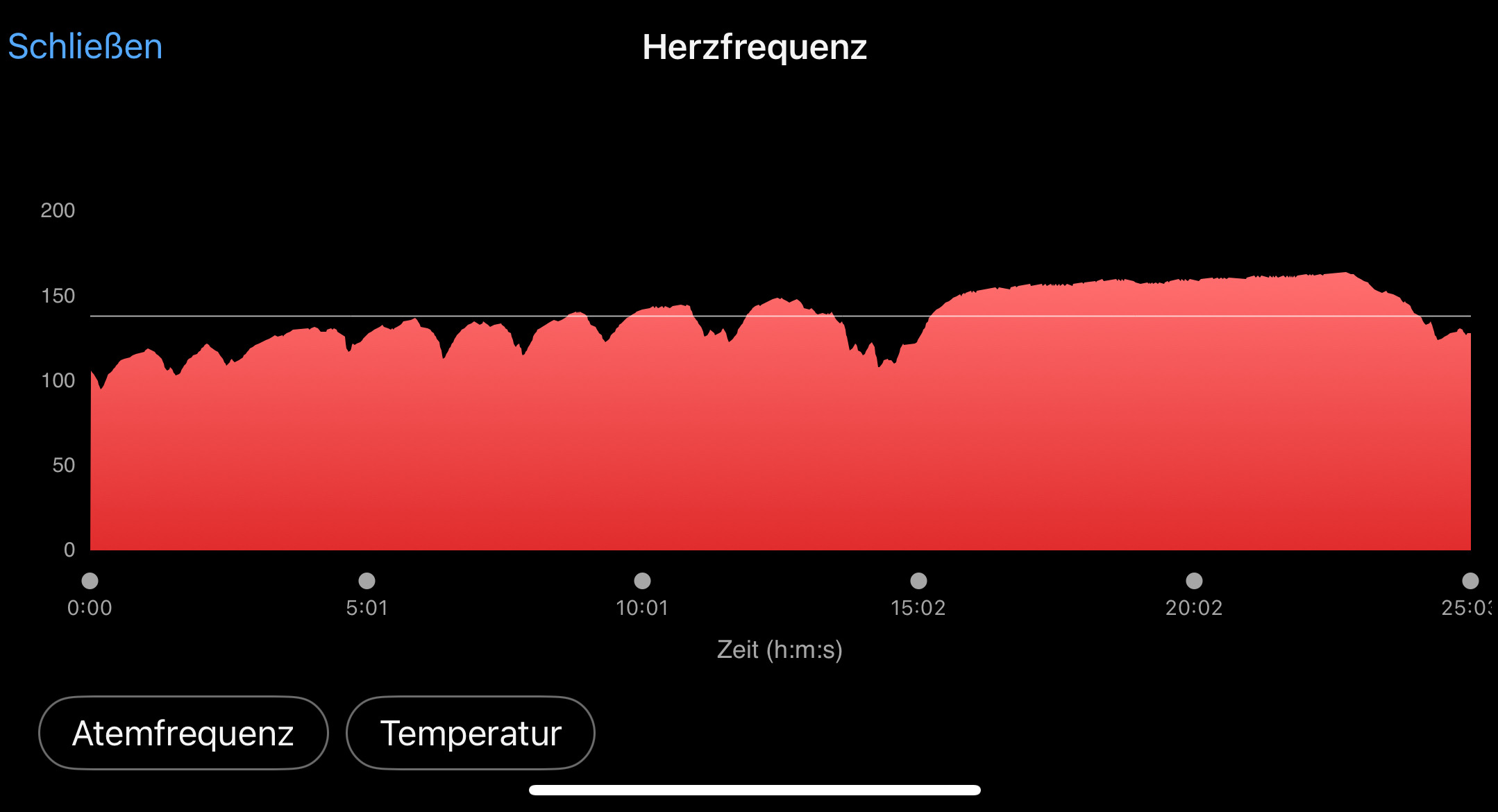

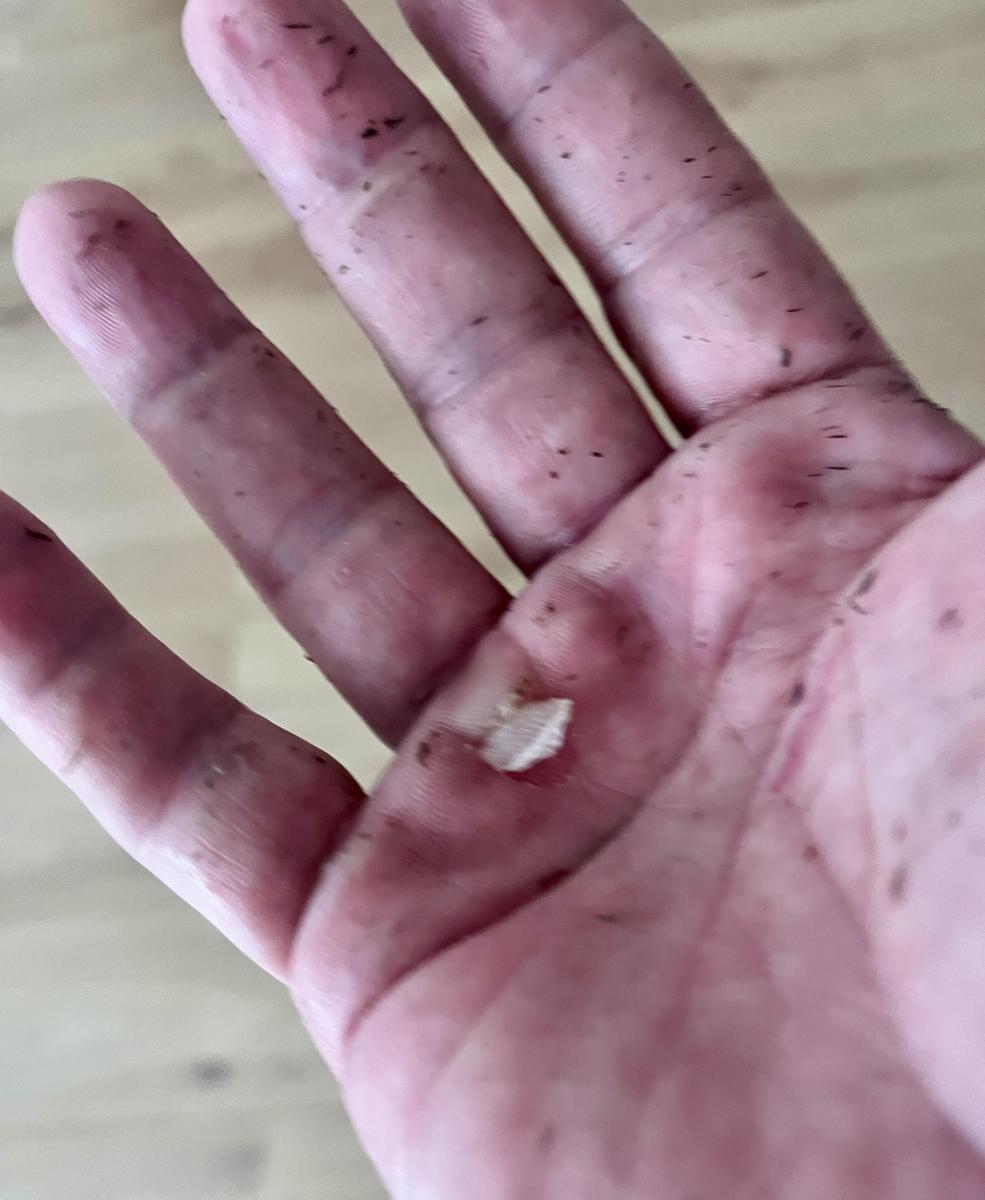 Original anzeigen (1,9 MB)
Original anzeigen (1,9 MB)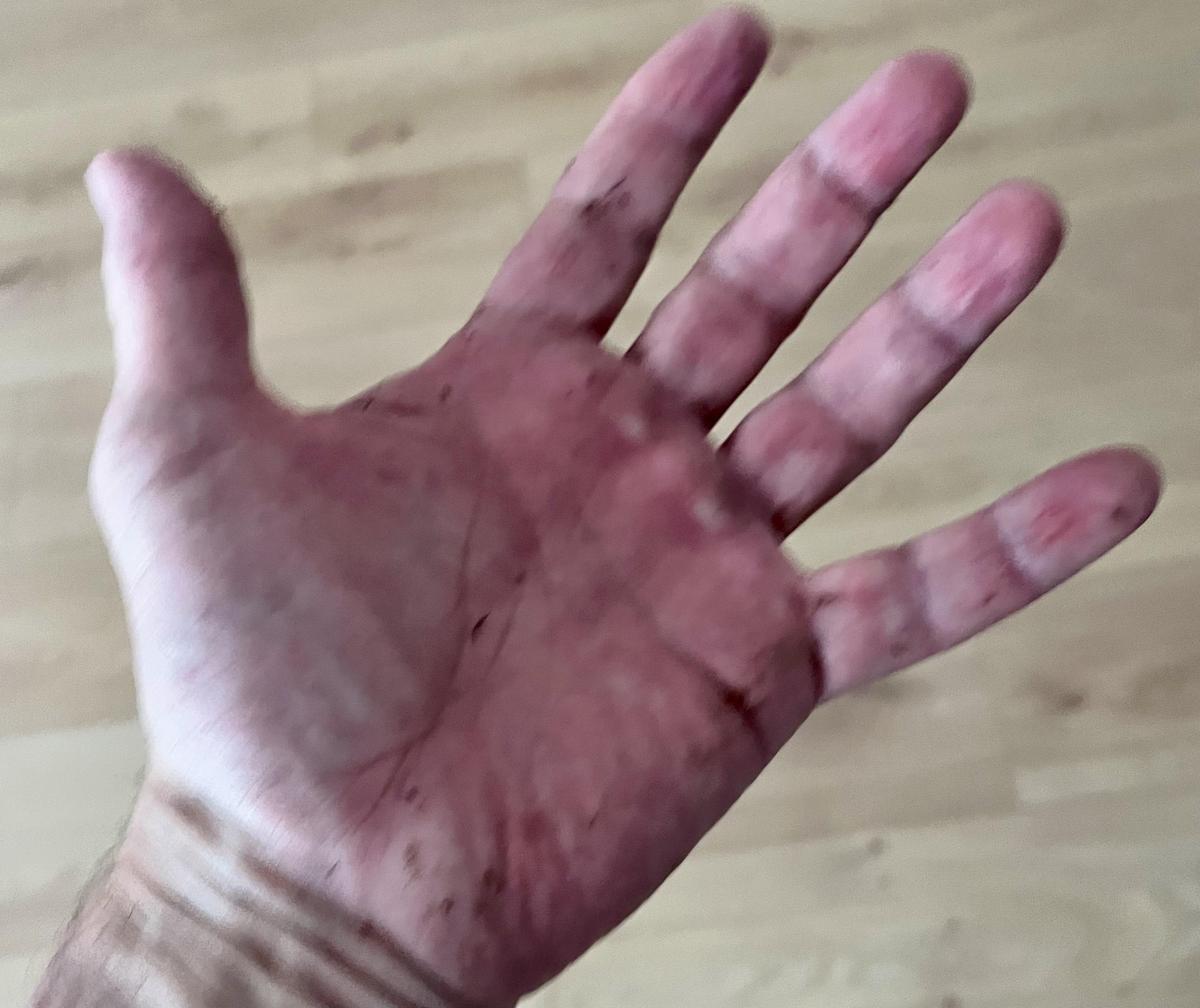 Original anzeigen (1,3 MB)
Original anzeigen (1,3 MB)
